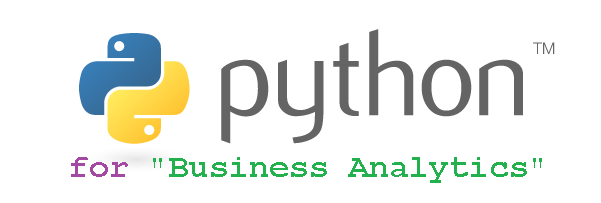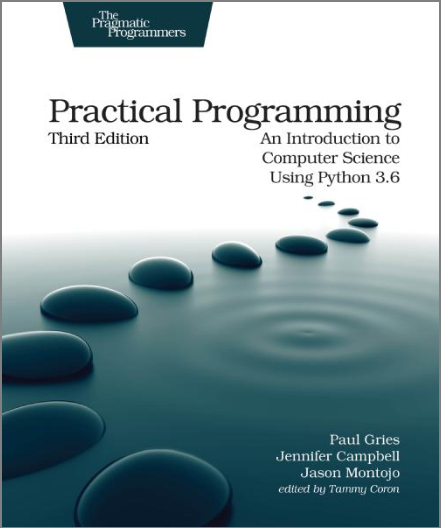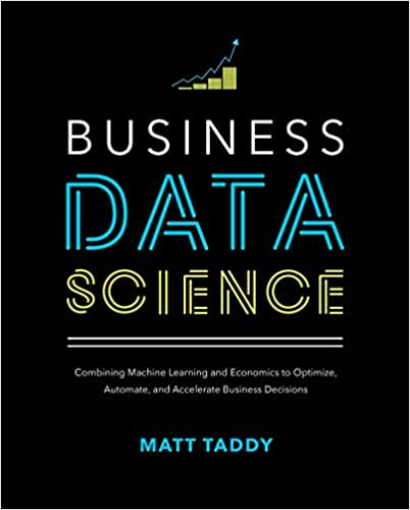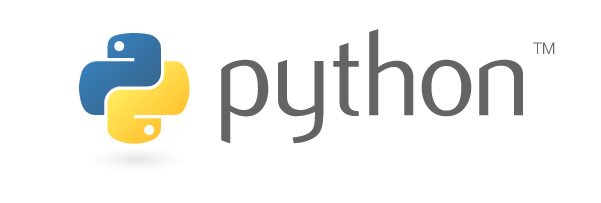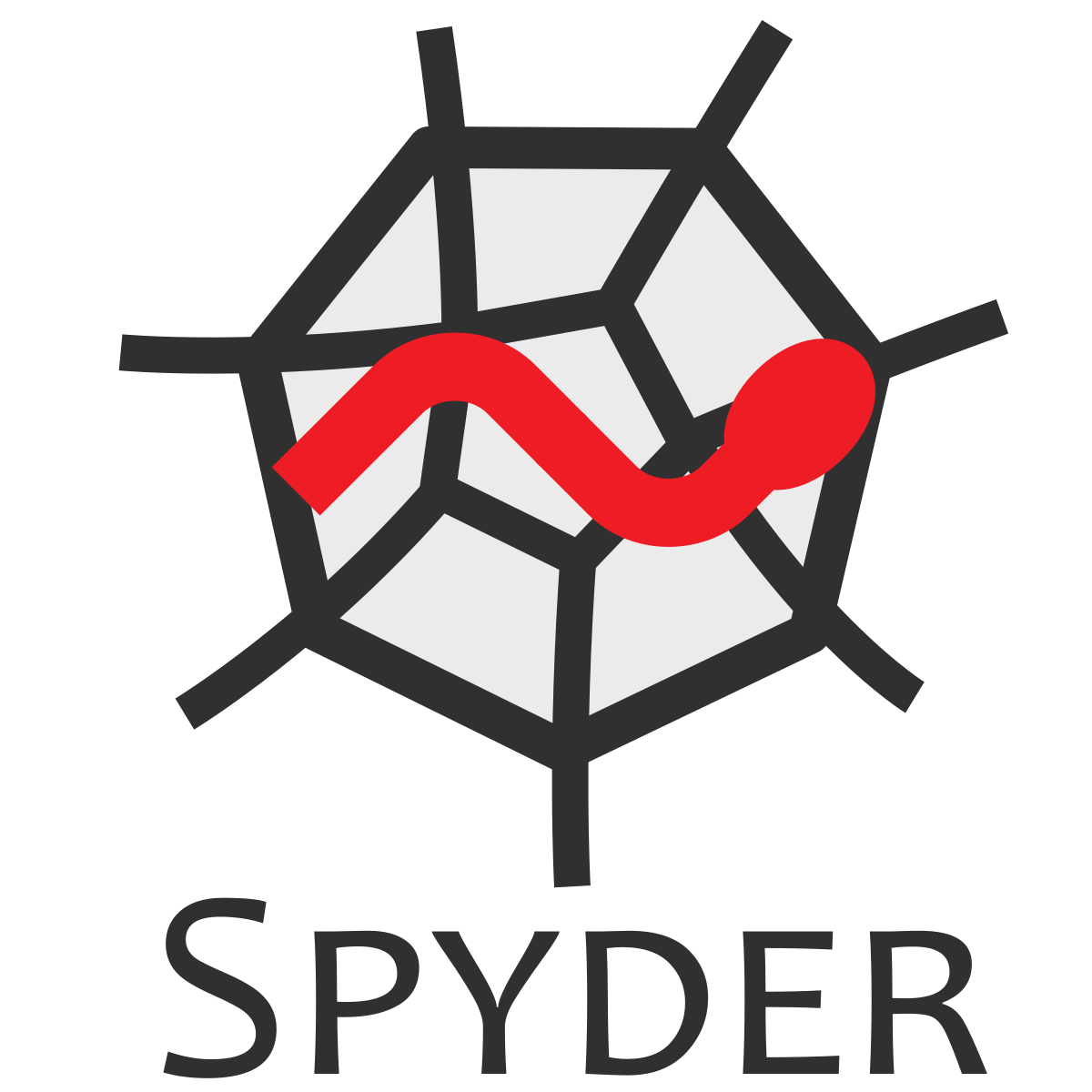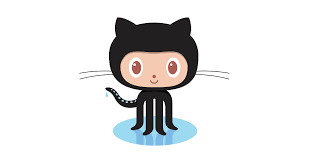ECP3004: Python for Business Analytics
The objective of this course is to teach you to solve quantitative problems using the Python programming language. It is designed for students interested in pursuing a career in business analytics. You will learn how to design computer programs that read data, manipulate data, perform calculations with data and apply these to problems in business analytics.
After completing this course, the student is expected to be able to:
- understand the types of data in Python and the corresponding operations,
- use Python modules to solve problems,
- write new functions and modules,
- understand and implement calculations using linear algebra,
- prepare and analyze data to solve a business problem and
- understand how numerical calculations on the computer differ from written calculations.
The formal requirements include QMB 3003 and QMB 3200, Quantitative Business Tools I and II. The true requirement, however, is a quantitative mindset. Computer programming is a quantitative exercise and is suitable for those with an interest in quantitative problem solving.
Practical Programming: An Introduction to Computer Science Using Python 3.6, 3rd Edition by Paul Gries, Jennifer Campbell, Jason Montojo. The Pragmatic Bookshelf: Raleigh, NC, 2017 (ISBN-13: 978-1680502688, ISBN-10: 1680502689).
Business Data Science: Combining Machine Learning and Economics to Optimize, Automate, and Accelerate Business Decisions, 1st Edition by Matt Taddy. McGraw-Hill: New York, NY, 2019 (ISBN-13: 978-1260452778 ISBN-10: 1260452778)
Practical Programming is the main text for the course. We will progress through the chapters of that book in a nearly linear fashion. The textbook Business Data Science will be used as a source of examples of business problems and data that are used in applications of business analytics. Even though these examples are written in the statistical programming language R, the calculations can be performed in Python with the skills learned in Practical Programming.
The primary tool for this course is software of the following kinds.
A Python distribution: All programming in this course will be carried out in the Python programming language. It is free, open-source software that can be downloaded from the Internet. We will use Python version 3.6. Note that Python versions 2.X will not be compatible with all of the course activities.
An Interactive Development Environment (IDE): This is software for writing and running commands and scripts in the Python programming language. We will use Spyder, which is available with the Anaconda distribution of Python.
Version control software: We will use the GitHub repository to share course materials. This will be the primary medium for distributing materials for course demonstrations and it offers a convenient way to obtain feedback on coding assignments.
